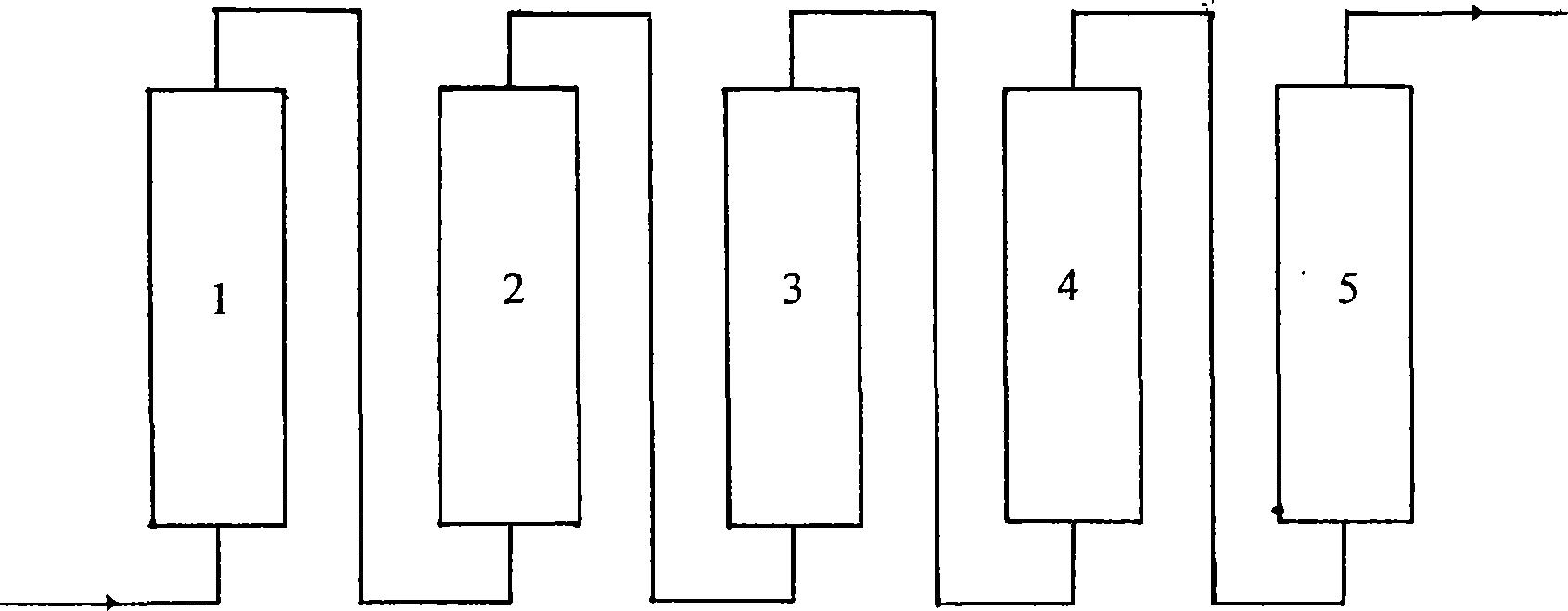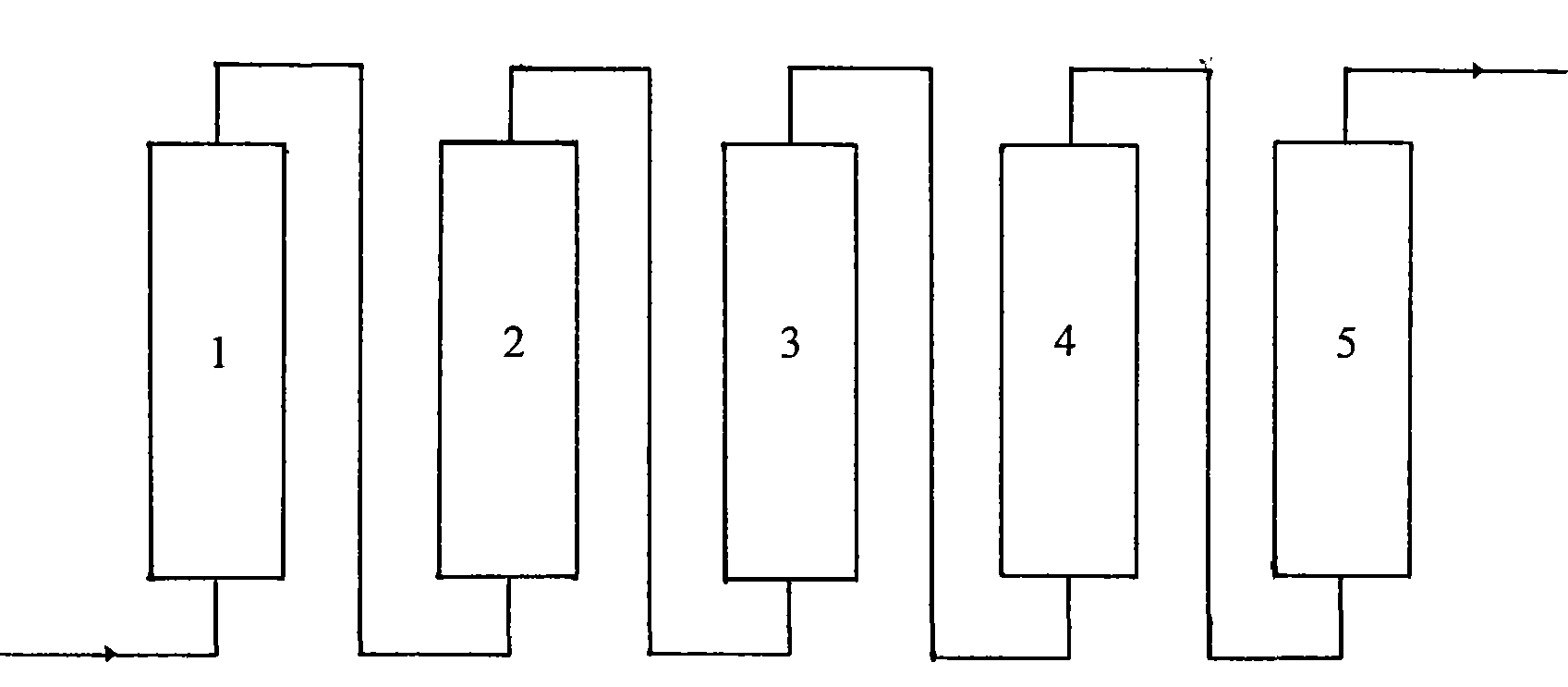Coupling process of marsh gas fermentation and culture of autotrophic freshwater microalgae
A technology for biogas fermentation and microalgae cultivation is applied in the fields of biogas fermentation and autotrophic freshwater microalgae cultivation, which can solve the problems of high cost, waste gas and waste liquid, etc., and achieve the effects of reducing production cost, improving environment and increasing economy.
- Summary
- Abstract
- Description
- Claims
- Application Information
AI Technical Summary
Problems solved by technology
Method used
Image
Examples
Embodiment 1
[0027] The microalgae Neochloris oleoabundans (purchased from the American UTEX Algae Collection Center, UTEX#1185) in this example is an autotrophic freshwater algae, and the total oil content in the BG11 medium can reach more than 45% of the dry biomass, which is an oil-rich microalgae. Using biogas and biogas slurry as the whole nutrient source of Neochloris oleoabundans, the algal cells were cultivated in a small pipeline photobioreactor at room temperature. The algae have been experimentally confirmed to survive under these conditions. The steps are as follows:
[0028] A: Biogas fermentation - mix human and animal manure, domestic garbage and other waste biomass with water at a ratio of 1:19, insert 30% anaerobic activated sludge, and anaerobically ferment at 35°C for 25 days to obtain biogas, biogas slurry, and biogas It is introduced into the photobioreactor through the pipeline, and the biogas slurry is used as the medium after treatment.
[0029] B: Treatment of b...
Embodiment 2
[0035] Using the photoautotrophic Ankistrodesmus pseudobraunii (purchased from the American UTEX Algae Collection Center, UTEX#LB 1380) as the microalgae species, using biogas and biogas slurry as the entire nutrient source of the algae, a small pipeline photobiological process was carried out at room temperature. Algae cells are grown in the reactor. The algae has been proved by experiments that the biogas slurry can be used as the only medium to survive, and it is an oil-rich microalgae. The steps are as follows:
[0036] A: Biogas fermentation - mix waste biomass such as water hyacinth, human and animal manure, and domestic waste with water at a ratio of 1:20, insert anaerobic activated sludge at a weight ratio of 10%, and anaerobically ferment at 35°C for 20 days. Obtain biogas and biogas slurry. The biogas is introduced into the photobioreactor through the pipeline, and the biogas slurry is used as the medium after treatment.
[0037]B: Treatment of biogas slurry - tak...
PUM
 Login to View More
Login to View More Abstract
Description
Claims
Application Information
 Login to View More
Login to View More - R&D
- Intellectual Property
- Life Sciences
- Materials
- Tech Scout
- Unparalleled Data Quality
- Higher Quality Content
- 60% Fewer Hallucinations
Browse by: Latest US Patents, China's latest patents, Technical Efficacy Thesaurus, Application Domain, Technology Topic, Popular Technical Reports.
© 2025 PatSnap. All rights reserved.Legal|Privacy policy|Modern Slavery Act Transparency Statement|Sitemap|About US| Contact US: help@patsnap.com


